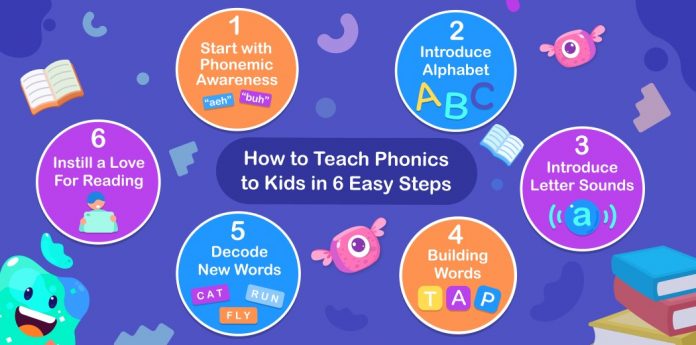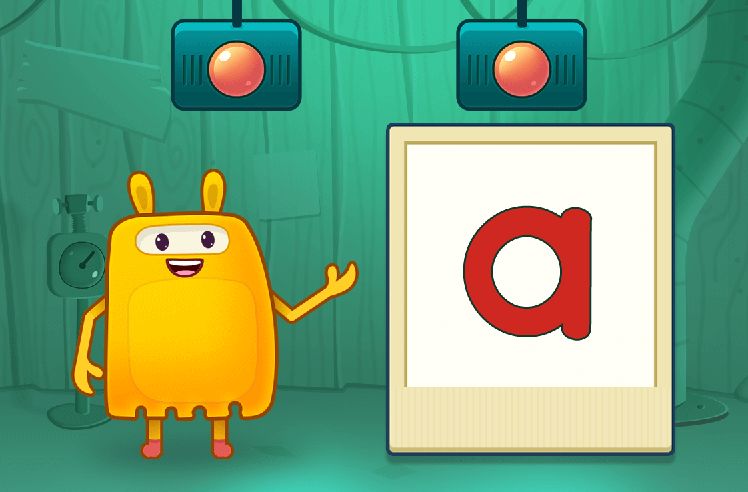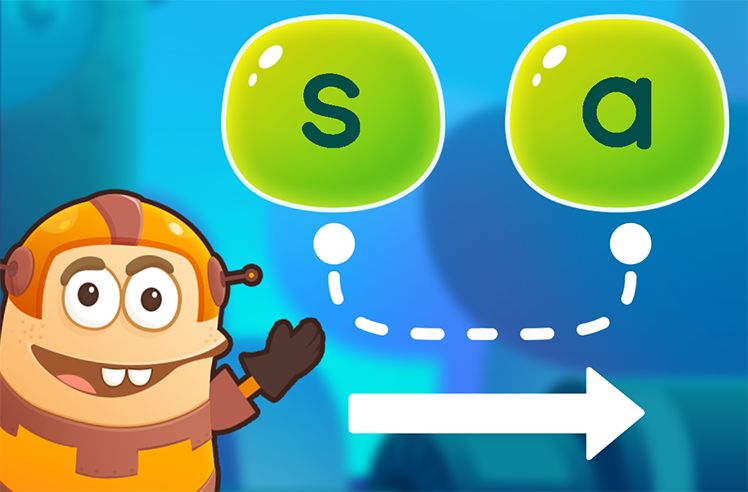Have you ever wondered why educationists emphasize so much on teaching phonics to children? Phonics is an essential skill for reading, writing, and spelling.
Math & ELA | PreK To Grade 5
Kids see fun.
You see real learning outcomes.
Watch your kids fall in love with math & reading through our scientifically designed curriculum.
Parents, try for free Teachers, use for free
It assists children in identifying the sounds that letters of the alphabet make, teaching them how to put these sounds together to build words. Let’s dive into why is it so important and how to teach phonics to kids!
Why Is Phonics Important?
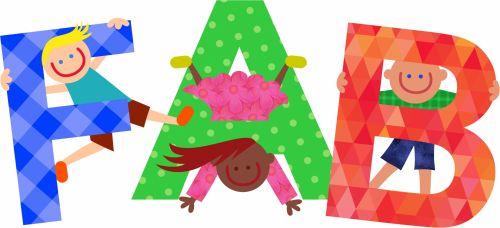
Teaching phonics helps students identify the underlying sounds as they read and spell words, which helps them understand how words are formed and constructed. With knowledge of phonics, confidence in reading improves in kids because they are better able to decode unfamiliar words and recognize patterns in language.
- Vocabulary: Being able to sound out words helps children recognize new words they encounter, which expands their knowledge of the language.
- Comprehension: Knowing phonics allows a child to read faster and focus more on what the text is saying instead of trying to figure out what each word says.
- Syllables: As children learn how to break down bigger words into smaller syllables, it becomes easier for them when they are writing.
- Common spelling rules: The knowledge of phonics helps students to apply the spelling rules like ‘i before e except after c’ correctly.
- Grammar: Knowing how to blend sounds helps children understand how to construct sentences and paragraphs.
How to Teach Phonics to Kids
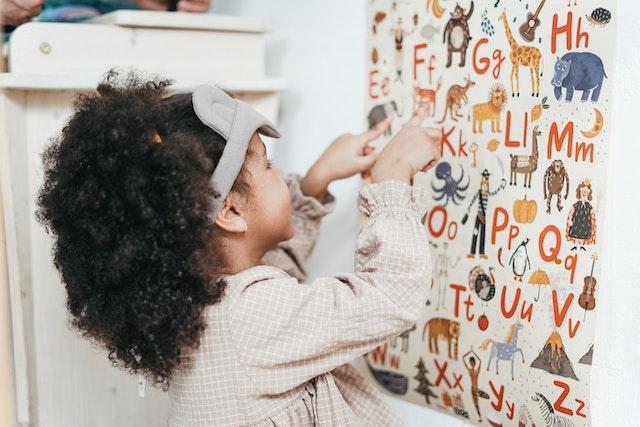
Here’s the step-by-step guide for teaching Phonics at home to your kids:
1. Start with Phonemic Awareness
Starting with phonemic awareness means helping kids listen to and play with the sounds in words. They learn that words are made up of different sounds, and by changing these sounds, they can create new words. This is all about listening and speaking, without worrying about letters just yet.
To develop phonemic awareness, you can start with rhyming games. Read rhyming books together and then play a game where you say a word, and your child tries to come up with words that rhyme. For example, if you say “cat,” they can say “hat,” “bat,” or “rat.”
Here are some fun games to get started:
2. Introduce Alphabets
Introducing the alphabet is a key step in phonics instruction, typically starting around ages 4 to 5. At this stage, the goal is for your preschooler to recognize and name all the letters in the alphabet, both uppercase and lowercase. This familiarity with the alphabet prepares them for learning the sounds that each letter represents.
Get started with these activities:
3. Introduce Letters Sounds
This is when kids start learning the letter names and their associated sounds. Since your kid is already aware of phonemes, they can start learning how to identify the letter symbols and the beginning sounds of spoken words.
Begin here:
4. Use the Knowledge of Phonics to Build Words
Once children are comfortable with letter sounds, around ages 5 to 6, you can begin blending sounds to form simple words. This is a crucial step in phonics instruction, as it moves children from knowing individual sounds to reading whole words.
Begin with these activities:
5. Help Kids Use the Knowledge of Phonics to Decode New Words
After learning the word-building process, kids can move on to more complex things like decoding unknown words. You can use the analogy-based approach to teach your child the patterns of words with similar sounds and spellings.
Here is a fun worksheet to get started:
6. Instill a Love for Reading
At this point, it is important to motivate your kid to read independently. You can start by introducing books that are simple to read and understand. When they get used to reading on their own, you can slowly increase the difficulty level.
6 Ways to Teach Phonics at Home Effortlessly
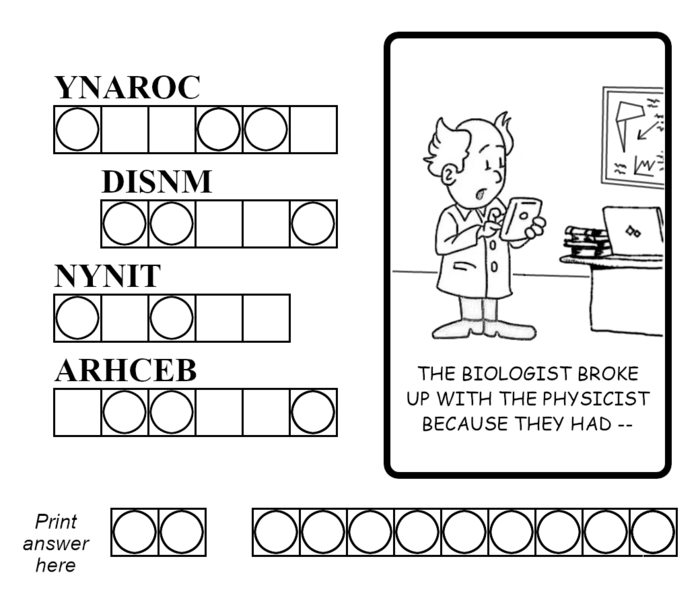
Teaching phonics at home does not have to be a tedious task. If you are looking for ways on how to teach phonics to kids, here is a list that can help you ease the process:
1. Sound to Letter Matching
Help children associate letters with their corresponding sounds by matching them with objects or pictures.
Get started with these fun ELA worksheets related to sound-to-letter matching:
2. Fill in the Blanks
Fill in the blanks activities are versatile and effective for reinforcing phonics skills, focusing on letter recognition, sound-letter correspondence, and word formation.
Begin with these worksheets:
3. Sorting Worksheets
Sorting worksheets are an effective tool if you are looking for ways on how to teach phonics, helping children distinguish between different sounds, letter combinations, and word families. These activities encourage analytical thinking and pattern recognition, essential skills for early literacy development.
Start here:
4. Letter Combination Cards
Letter combination cards (with digraphs, trigraphs, and diphthongs) can also be used to help children learn how combinations of letters create different sounds. You can shuffle these cards and ask your child to create words out of the letter combinations.
5. Replacing One Letter in a Word
Replacing one letter in a word to make a new word (such as replacing ‘c’ in ‘cat’ with ‘h’ to make the word ‘hat’) is also a great exercise for your child. As young learners play this game, they are learning how to spell words, recognize letter combinations and their sounds, and understand the importance of word structure.
6. Phonics Songs
Songs are a fantastic way to bring phonics to life, helping children master the alphabet, sounds, and word formations in a fun and engaging manner.
SplashLearn elevates this experience with its collection of animated songs and videos meticulously designed to cover a wide range of phonics topics. From the basics of letter recognition and the sounds each letter makes to more complex concepts like blending sounds to form words and recognizing word families, SplashLearn’s resources make these topics accessible and enjoyable.
Related Reading: Best ABC Song for Kids That Will Make Them Dance & Enjoy
7. Engage in Reading Books
Encourage children to practice their phonics skills by engaging with a variety of books. Reading not only helps in reinforcing the sounds and letters they learn but also boosts their confidence and love for reading. Explore the SplashLearn collection, which includes:
- Leveled Readers: Tailored to match kids’ reading abilities, allowing them to progress to more challenging books as their skills improve.
- Decodable Books: Ideal for beginners, these books support phonics practice, enabling children to sound out words independently.
- Bedtime Stories: A selection of stories perfect for nighttime reading, rich in morals and adventures for parents and children to enjoy together.
Related Reading: Amazing Short Stories for Kids That Teach Moral Values
How To Learn Phonics Beyond the Basics?
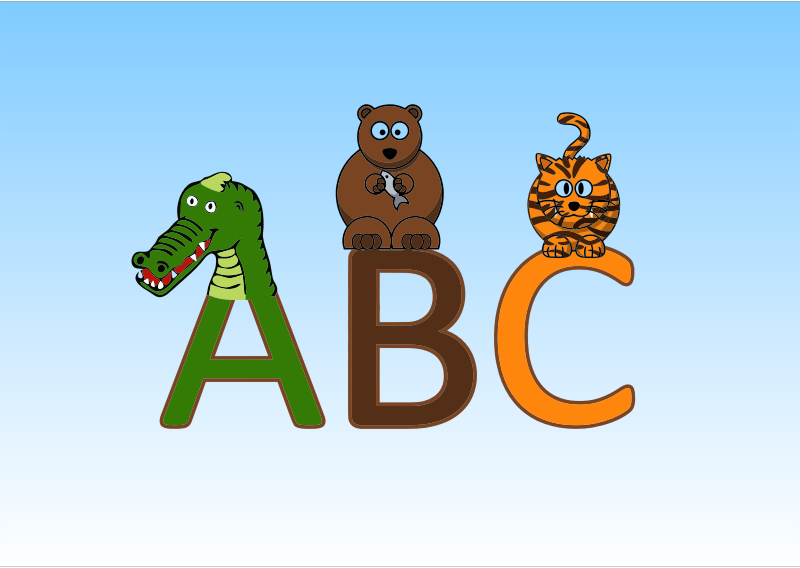
Here are some more ideas on how to advance in phonics once the little ones master the basics:
1. Phonemic Segmentation
Phonemic segmentation involves breaking down words into their individual sounds or phonemes. Segmenting can be improved by having your child listen to a word and break it into individual sounds. You can also use word ladders or word wheels to practice segmentation.
- In a word ladder, your child will have to identify the initial sound of a word and then move to other words with the same starting and ending sounds.
- In a word wheel, your child will have first to identify the beginning sound of a word and then move on to other words with the same ending sound.
2. Grapheme-Phoneme Knowledge
Grapheme-phoneme knowledge means understanding the relationship between letters (graphemes) and sounds (phonemes). It’s about knowing which letter or group of letters makes which sound in a word.
For example, knowing that the letter “c” makes the /k/ sound in “cat” or that “ph” makes the /f/ sound in “phone.” This knowledge helps children read by looking at letters and figuring out the sounds they make to put those sounds together into words.
Begin practicing letter-sound relationships with these activities:
3. Introduction to Digraphs, Trigraphs, and Diphthongs
When children move beyond the basics of phonics, they start learning about more complex sounds such as digraphs, trigraphs, and diphthongs. These concepts are key to mastering the sounds of the English language, which often can’t be figured out by simple letter-sound correspondence.
- Digraphs: Two letters that join to make one sound. For example, “ch” in “chat” creates a unique sound different from “c” or “h” alone.
Begin with these phonemic blending games:
- Trigraphs: Three letters that come together to produce a single sound. An example is “igh” in “night,” where the letters work together to make a sound that’s not obvious from looking at each letter individually.
Begin with these activities:
- Diphthongs: These are sounds that start with one vowel sound and glide into another within the same syllable, like the sound in “coin” or “loud.” It’s like blending two vowel sounds together smoothly.
Begin with these activities:
Related Reading: Best Reading Websites For Kids
Conclusion
Teaching phonics to kids through various fun and interactive methods can make learning enjoyable and effective. By following the outlined steps to teach phonics, you can help your child develop essential reading and spelling skills. Remember, with patience and creativity, phonics for kids can be a rewarding educational journey for both you and your child.
Related Reading: A Complete Phonograms Guide for Parents
Frequently Asked Questions(FAQs)
How much time should I devote to each stage of phonics?
It depends on your child’s age, learning style, and pace. At each step, provide enough practice for your child to master the letter or sound before introducing new materials.
What strategies can I use to help my child retain what they learn?
Repetition is the key! Use activities that involve repeating words, such as word jumbles, fill-in-the-blanks, and matching games. Additionally, you can create visual aids, such as flashcards and letter or combination cards, to help your child recall words and their sounds.
How to turn learning phonics into a family game?
How to teach phonics to struggling kids?
To teach phonics to struggling kids, start by using multi-sensory teaching methods that combine sight, sound, and touch. Break down phonics into smaller, manageable parts and reinforce learning with frequent, short practice sessions. Personalizing lessons to meet the child’s needs and interests can also greatly enhance their engagement and understanding.

















